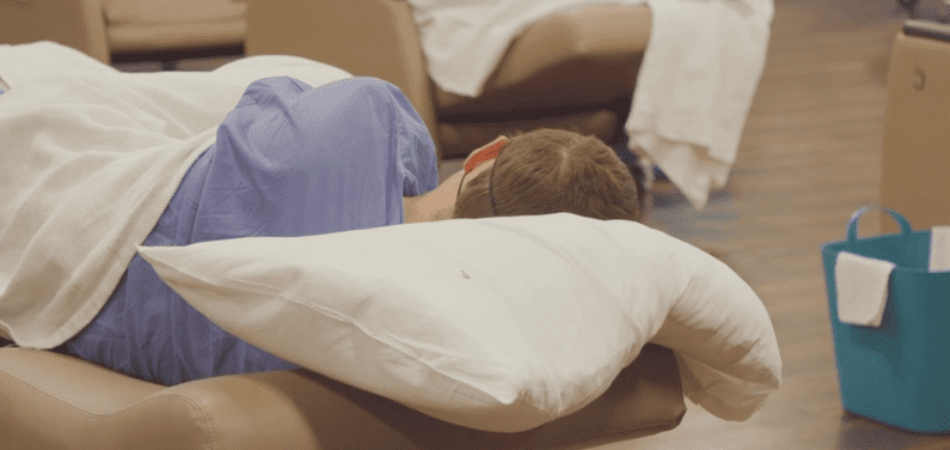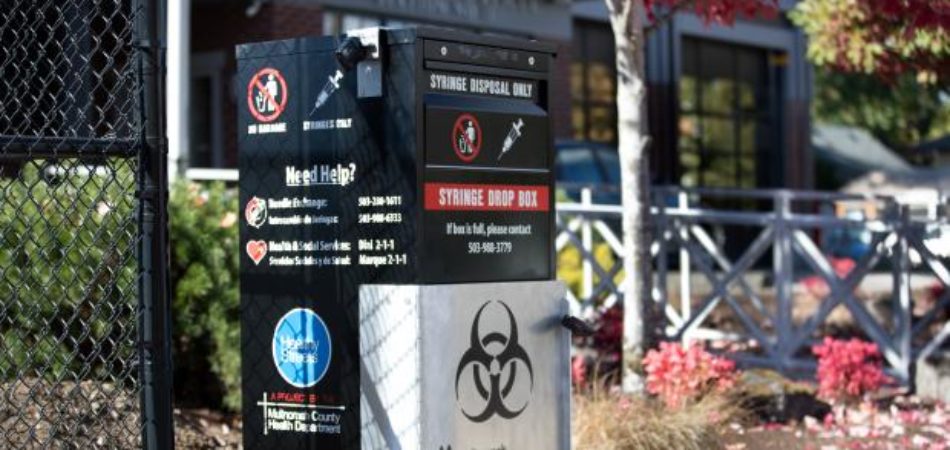
A “Once in a Generation Opportunity” to Improve Reentry for Nearly 2 Million People
“The time is now,” said Sheriff David Rhodes of Yavapai County, AZ.
For years, criminal justice leaders and their behavioral health partners have sought to improve what reentry looks like for the millions of people who cycle in and out of the justice system each year. But too often, lack of money and access to quality services have hindered their efforts.
That has just changed for 19 states who are now partnering with the federal government to reimburse critical reentry services with Medicaid funding. This partnership is creating what many are calling a “once in a generation opportunity,” especially as states and the federal government look for ways to remain cost effective following the passage of H.R. 1.
A Time-Limited Opportunity to Reshape Reentry
Arizona and 18 other states were recently granted permission by the Center for Medicare & Medicaid Services (CMS) to leverage Medicaid funding for up to 5 years in order to provide key services likes prescriptions, case management, and medication-assisted treatment (MAT) for adults preparing to return to the community from incarceration. Additional states are also actively engaged in building similar efforts to support young people returning to the community in compliance with federal legislation that applies to all states.
While these “reentry demonstration waivers” are a small portion of each state’s Medicaid program, the consequence for the justice system has the potential to be groundbreaking. Using the best available data, our analysis shows that approximately 2 million adults exiting jails and prisons annually could receive the reentry services they need to reduce their risk of overdose and recidivism and improve their health and economic opportunities. That kind of impact can change the way reentry services are implemented throughout the country, but only if it’s successful. Similarly, while the national provisions for young people only focus on that group, the partnerships and processes built for that population can serve as a foundation for future efforts covering adults.
Number of People Eligible to Receive Pre-Release Services through Medicaid by State










